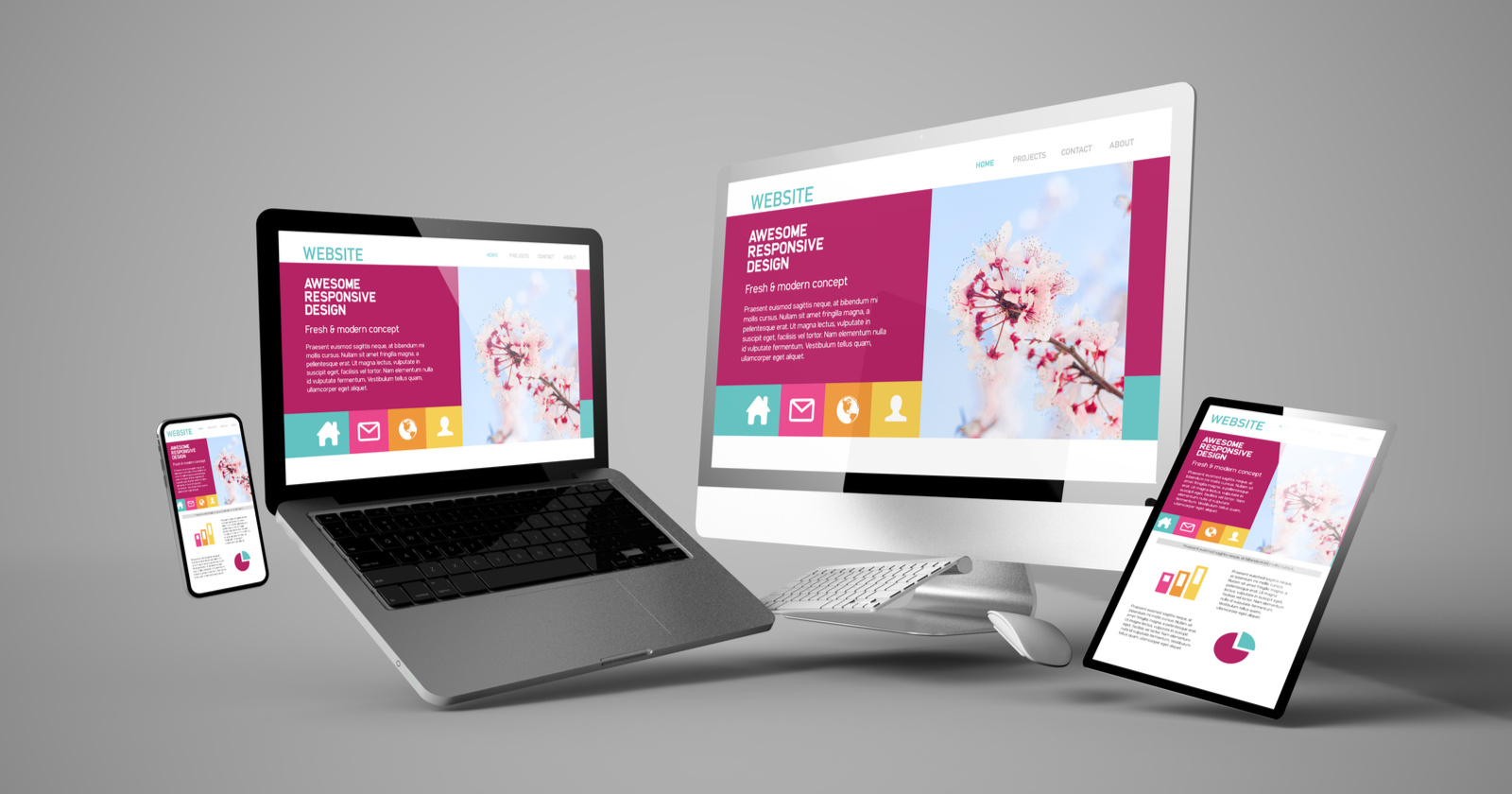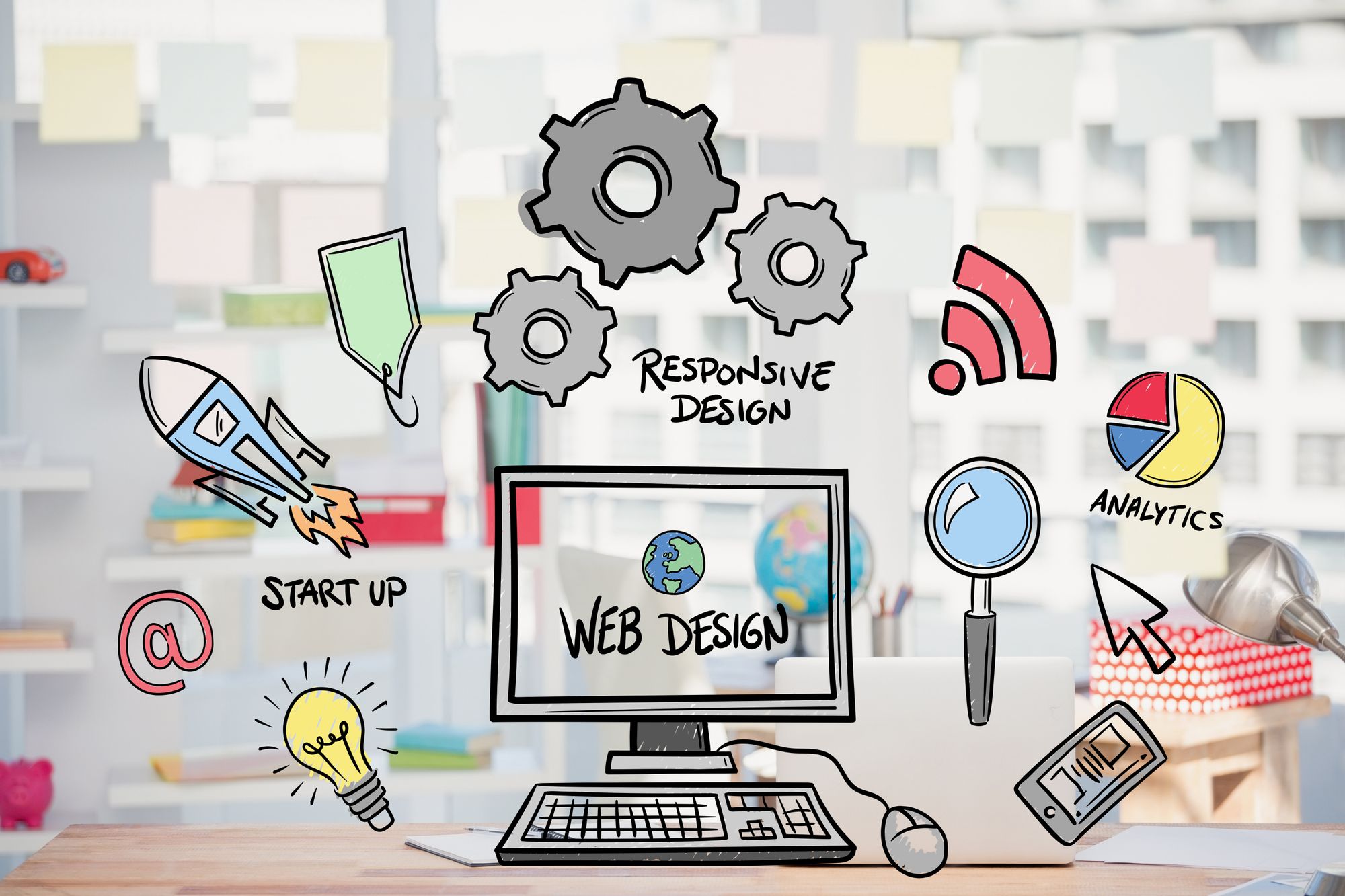Maximize Individual Experience With Ingenious Internet Site Layout Solutions
In today's electronic landscape, maximizing user experience with ingenious internet site design options is critical for organizations seeking to involve their audience properly. By welcoming user-centric design concepts, organizations can develop user interfaces that not only fulfill customer demands yet additionally boost overall contentment. Trick aspects such as receptive formats, user-friendly navigation, and effective visual hierarchy play a critical duty in this procedure. Nevertheless, the assimilation of interactive components can additionally raise the user journey, motivating a reevaluation of standard layout techniques. What methods might arise when we think about the progressing expectations of users?
Comprehending User-Centric Style

To implement user-centric layout properly, it is vital to conduct comprehensive study, consisting of customer meetings, studies, and use testing. These research study approaches give valuable information that notifies layout decisions, ensuring that the end product straightens with individual expectations. Additionally, developing individual personalities can aid developers understand and picture with the end-users, directing the design process toward more pertinent solutions.
In addition, repetitive style is a key element of user-centric techniques. By continually testing and refining layouts based on customer comments, designers can recognize discomfort factors and locations of enhancement, bring about a more sleek end product. Inevitably, user-centric style is not simply a stage in the development process but a continuous commitment to focusing on individual requirements, leading to even more effective and interesting digital experiences.
Relevance of Responsive Layouts
As digital interactions significantly occur throughout a variety of devices, the value of responsive designs can not be overemphasized. A receptive layout ensures that a website adjusts seamlessly to different screen sizes, from desktop computer monitors to mobile phones. This flexibility is essential in today's multi-device landscape, where customers expect a consistent and interesting experience no matter exactly how they access web content.
The key advantage of responsive design is improved customer satisfaction. When an internet site is maximized for all devices, it minimizes the need for zooming, scrolling, or horizontal navigating, which can lead and discourage users to greater bounce prices. In addition, internet search engine like Google focus on mobile-friendly internet sites in their ranking algorithms, making responsive designs crucial for effective SEO approaches.
Rather of managing different variations of an internet site for different devices, a single, fluid design can be customized, saving time and sources. Inevitably, investing in receptive layouts is not simply a pattern; it is a fundamental concept of modern-day web layout that substantially improves user experience and interaction.
Enhancing Navigation and Access
Effective navigation and access are essential elements of a properly designed web site, substantially affecting individual involvement and contentment. A straightforward navigating framework permits site visitors to locate information swiftly and without effort, reducing aggravation and raising the probability of repeat visits. Applying clear, detailed labels for navigating web links, together with a rational pecking order, can lead users seamlessly through the internet site.
Ease of access is just as important, making certain that all individuals, despite their abilities or handicaps, can interact with the site successfully. This can be attained with the usage of appropriate shade contrasts, message sizes, and alt text for photos, which with each other boost the experience for visually impaired users. Additionally, including key-board navigating and display reader compatibility increases gain access to for users with varied requirements.
Regular use screening can give useful understandings into navigation efficiency and availability concerns. By collecting comments from actual individuals, designers can identify discomfort factors and make educated modifications. Eventually, prioritizing navigation and ease of access not only fosters inclusivity but likewise grows a positive user experience, enhancing the brand name's commitment to top quality and customer care in a significantly electronic landscape.
Using Visual Pecking Order Effectively
Visual power structure functions as a leading structure in site design, directing individuals' interest to one of the most vital aspects on a page. By tactically arranging aesthetic components such as spacing, shade, and typography, designers can develop a clear path for individuals to click here to find out more adhere to. This framework not only improves user experience but likewise improves material understanding.
One reliable means to establish aesthetic pecking order is with using dimension and range. Larger elements naturally attract more focus, making headlines and essential visuals noticeable. Complementing this approach with contrasting colors can further separate key content from additional information, making sure that necessary details attracts attention.
In addition, the plan of elements plays an important function in directing user interaction. Employing a grid format can create a natural circulation, while whitespace assists to separate content and minimize cognitive load - Website Design. This intentional spacing permits users to process info a lot more quickly, resulting in improved engagement
Finally, using constant design patterns helps reinforce aesthetic hierarchy, giving users with familiar signs as they browse the site. By prioritizing these concepts, developers can effectively make best use of customer experience, making sure that visitors can easily situate the info they look for.
Integrating Interactive Elements
The incorporation of interactive elements right into site design can substantially enhance individual involvement and total experience. Interactive attributes such as sliders, quizzes, and polls not only captivate customers yet also promote energetic participation, making the surfing experience a lot more unforgettable. By urging individuals to communicate, internet sites can properly keep interest and reduce bounce prices.
Furthermore, incorporating dynamic material like computer animations and hover effects adds an enticing layer of interactivity. These aspects can direct customers without effort through the website, highlighting crucial information and phones call to action. Animated switches can draw interest and improve click-through rates.
Moreover, customization via interactive tools such as chatbots or referral engines enables internet sites to accommodate specific choices, fostering a sense of link. This tailored method not only enhances user contentment but also encourages repeat visits.
Including analytics tools to track interactions gives useful insights right into user behavior, making it possible for continual enhancement of the interactive aspects. Inevitably, a well-designed interactive experience transforms an easy surfing session into an engaging trip, bring about enhanced individual complete satisfaction and commitment. As a result, integrating interactive components is crucial for making the most of customer experience in modern-day web site design.
Final Thought

In today's electronic landscape, optimizing individual experience through ingenious site design remedies is important for companies seeking to involve their target market effectively. Ultimately, prioritizing navigation and access not only cultivates inclusivity however additionally cultivates a positive customer experience, strengthening the brand name's commitment to top quality and customer care in an increasingly digital landscape.

In verdict, maximizing customer experience with a knockout post innovative site style remedies requires a commitment to user-centric principles. Website Design.